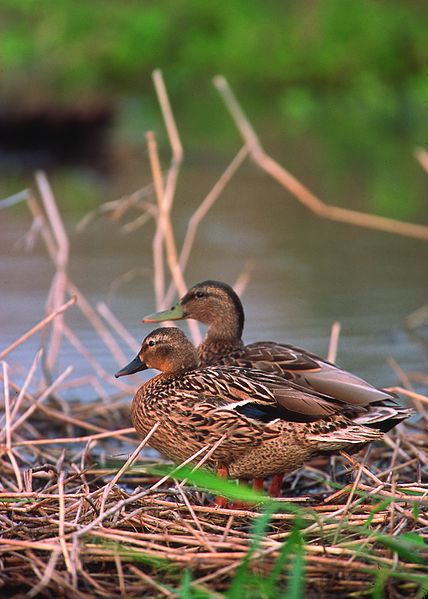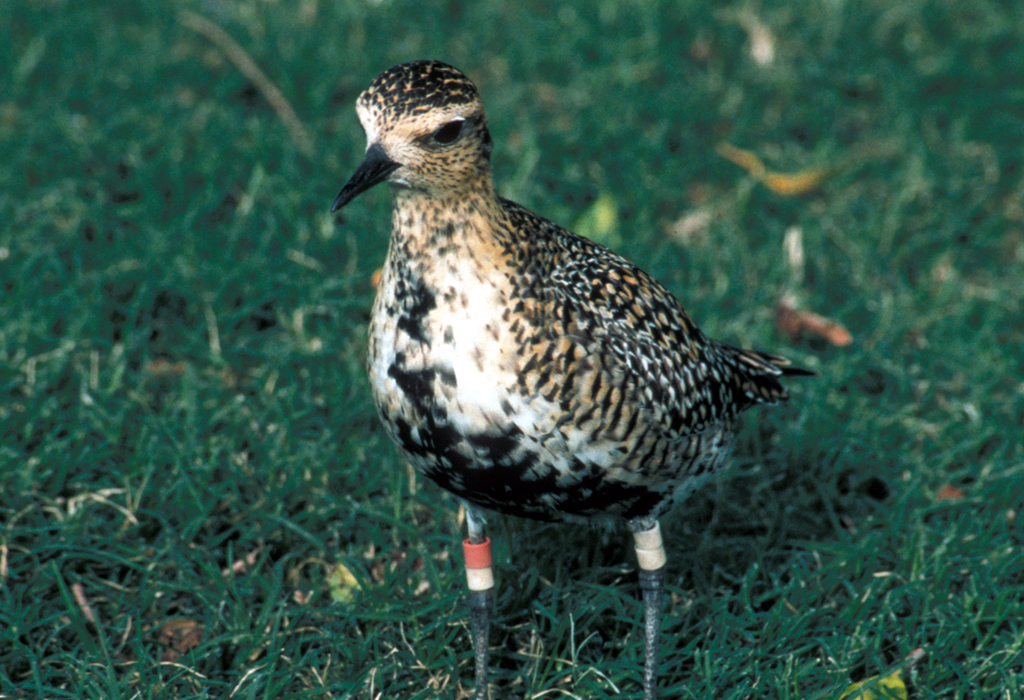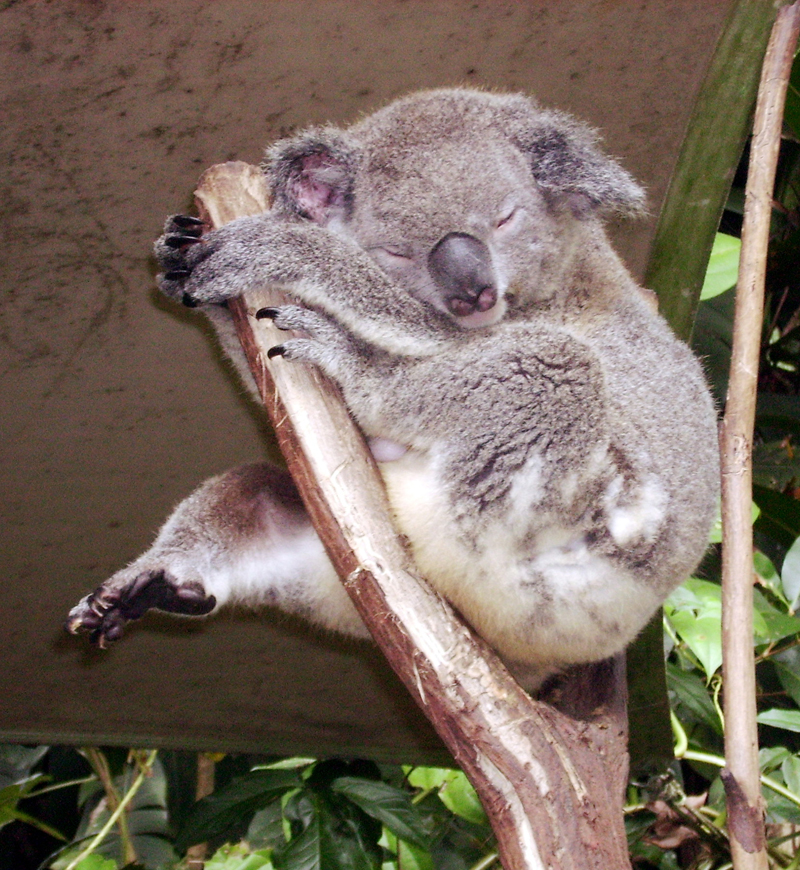Published in the Ocean Watch column, Honolulu Star-Advertiser © Susan Scott
August 17, 2007
My friend Scott e-mailed me last week that he’d found a public-domain picture of a koloa for my Web site and posted it there.
I wasn’t sure why he wanted to put up a picture of a plover, but it was fine with me. The shorebirds have been returning to Oahu like crazy the last two weeks.
The first plover-return e-mail I received this year came from Heidi Hughes in Olomana, whose kolea arrived Aug. 8. This was a happy occasion for Heidi since the bird has shared her yard with her two dogs and other bird species for 12 years now.
I live on the edge of a golf course, plover heaven. This year the kolea seemed to all come back to the fairways at once. One day there were none. The next day it looked like full occupancy.
 Koloa
Koloa
Courtesy of the Natural Resources Conservation Service
US Department of Agriculture.
Although I can’t image what the birds do out there in the dark, their nighttime tweets are once again music to my ears.
Reader David Wagner e-mailed to tell me he enjoyed my duck story last week and also had a question.
“Over by the Palolo Stream side of Iolani School, there is now a huge flock of ducks (it started out a few years ago as just four — but you know Mother Nature). They now swim and fly along the canal to the library end, and I have even spotted herons and an egret.
“My question is, With the pollution level in the canal, is it harmful to the birds to do their eating there? It certainly doesn’t seem to affect their reproduction.”
It’s a good question. The frustrating answer is, It depends. Some types of pollutants are better than others, and short-term effects could be different from long-term effects.
Organic pollutants such as fertilizers, animal feces and nutrient-rich soil stimulate algae growth and therefore are a boon to plant-eating animals. But such unnatural blooms can quickly become too much of a good thing.
Algae overgrowths die and decompose and, in the process, use the water’s oxygen. Low oxygen levels kill fish and invertebrates, and the whole thing turns into a stinking mess.
 Kolea
Kolea
Credit: U. S. Fish and Wildlife Service
Photo by OW Johnson/U.S. Fish and Wildlife Service Honolulu, HI
Other pollutants (among many) in the Ala Wai Canal are heavy metals, such as lead, copper and mercury, which sink to the bottom. There the toxic metals get into the tissues of bottom-feeding animals and slowly work their way up the food chain.
Since herons eat fish, egrets eat crayfish and ducks will eat snails and crustaceans, heavy-metal pollutants could eventually have negative effects on the birds. Or not. Studying the long-term effects of various pollutants on waterfowl, well, takes a long time.
Successful reproduction, however, is a sign that the Ala Wai ducks are healthy, at least for now.
To check out Scott’s picture, I opened my Web site to last week’s column and immediately realized my mistake. The bird photo Scott found was of Hawaiian ducks, koloa, not golden plovers, kolea.
He and I laughed over the phone at my senior moment, but the joke got better. Scott, who recently visited Australia with me, inadvertently labeled the Hawaiian duck picture “Koala.”
He corrected the caption, and I now have the animal names straight. This is important because I myself will be migrating in a few days, returning to Australia for one last sailing trip on the Great Barrier Reef.
I won’t be seeing any koloa there, but kolea, maybe, and koala … I pray for a sighting.
 Koala
Koala
Koala World, Kuranda, Queensland, Australia.
Courtesy: Scott